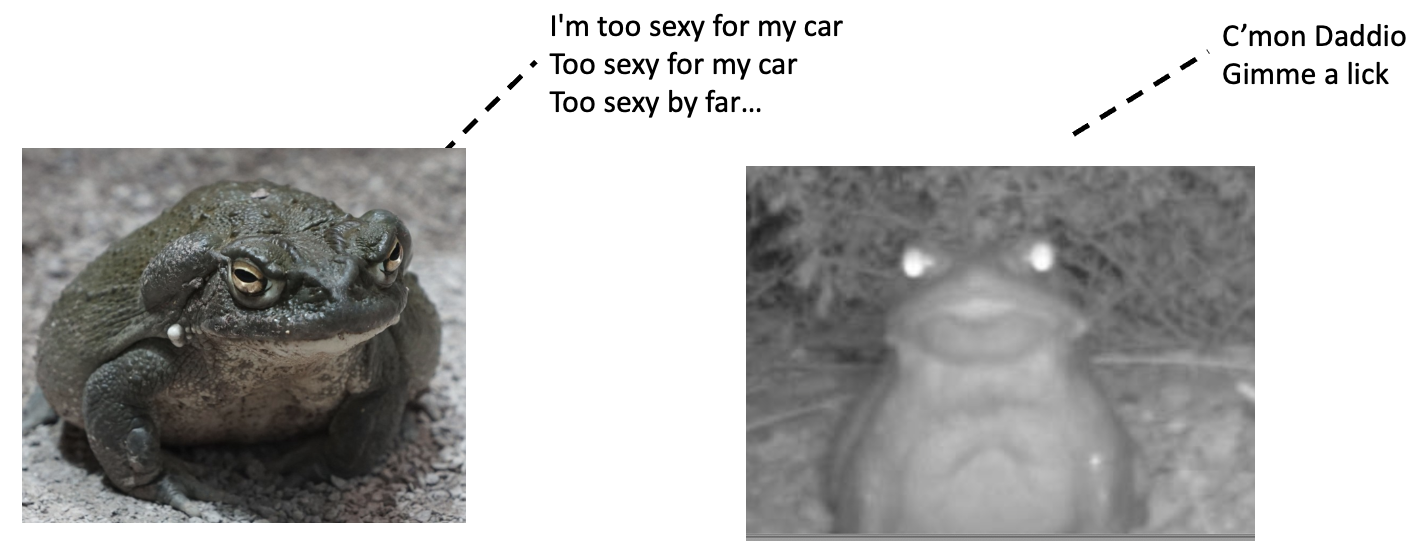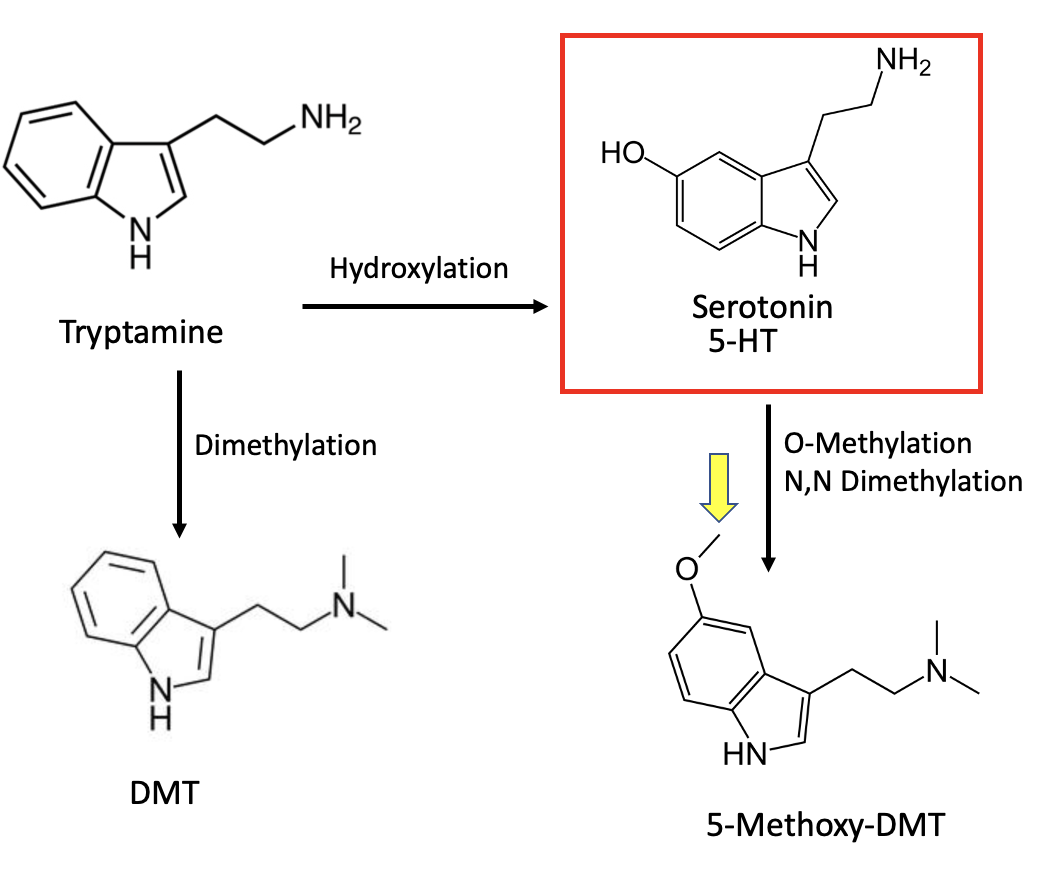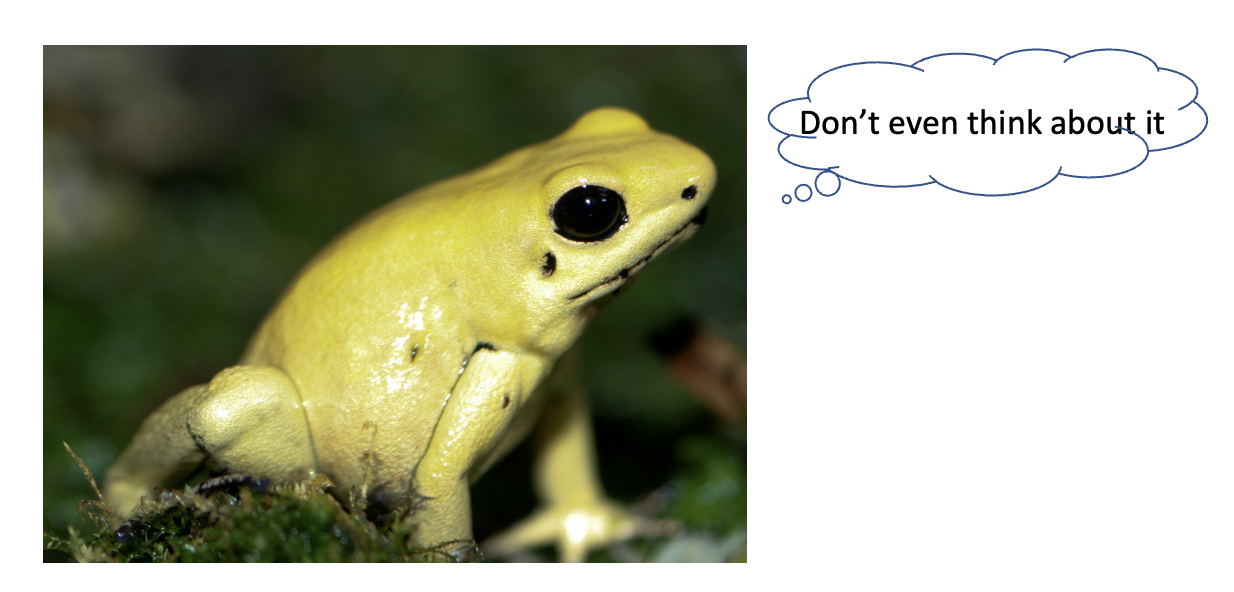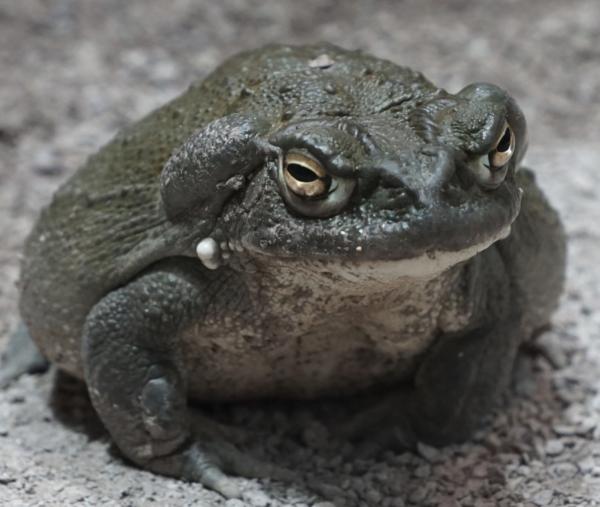Like there aren't enough ways to get yourself high? Yet, that isn't stopping certain people who need a little extra kick–frog licking (no joke). Although it is not a new practice (1), for some reason or other, the National Forest Service just issued an alert on its Facebook page warning people to knock it off because this attractive little fellow on the left, the Sonoran desert toad (aka Colorado river toad), has a rather profound defense system (2) that consists of a very powerful and potentially dangerous hallucinogen called 5-methoxy-N, N-dimethyltryptamine, aka 5-OMe-DMT.
Licking or swallowing can lead to numbness of the mouth and throat as well as severe and life-threatening effects on the heart as a result of the digoxin-like compounds and catecholamines...
Disturbingly, according to the NPS, smoking the stuff has recently become popular among certain celebrities, including Mike Tyson, who apparently "can't get enough of it."(Just a thought - can there be a more frightening image than Mike Tyson in a hallucinogenic state?)
Let's just say that the NPA may be exaggerating a bit. The DEA 2010 Federal Register report classifying 5-OMeDMT as Schedule I (3) states that "there has been one death attributed to 5-OMe-DMT." This is roughly equivalent to the number of people who die every year from a coconut falling on their head, something I wrote about in 2018.

The appearance of the Sonoran desert toad at different hours. It's night and day. Images: Px Here, National Forest Service.
If only by accident, frog lickers need to get some credit for their pharmacological and neurochemical acumen. 5-OMe DMT isn't licked for no reason; the drug rapidly makes its way to the brain (4), where it binds (primarily) to the 5-HT2A subtype, one of the 15 known serotonin receptors. As a serotonin, aka 5-HT, analog, it is not surprising that 5-OMe DMT elicits a wide variety of physiological responses, including depression, nausea, rapid heart rate, and hallucinations – the reason frog lickers do their thing. When we look at the chemical structure of 5-OMe DMT and some of its chemical cousins, it becomes clear why the drug impacts the brain – its similarity to serotonin.

Figure 1. Hallucinogenic serotonin analogs. Tryptamine is serotonin minus the hydroxyl group, but this changes its properties significantly, giving it (and many other tryptamine derivatives) hallucinogenic properties. DMT is tryptamine with two methyl groups added to nitrogen. 5-OMe-DMT is DMT with a methoxyl group added in the 5-position. Bufotenin (5-Hydroxy DMT) has a hydroxyl group in the 5-position, just like serotonin. All the tryptamines shown above have hallucinogenic properties. Even the untrained eye can see that these drugs are structurally related to serotonin; this (in part) explains their central nervous system effect. (Do not ask why the 5-position is called the 5-position, or I will be forced to answer.)
Without going into too much detail (and there is plenty), nature has provided an easy pathway for drugs of this type to be rapidly absorbed and bypass the blood-brain barrier, and this is no accident. These chemicals are all members of the enormous indole alkaloid family (~ 4,000 known compounds). They are biosynthesized by plants and animals, primarily to ward off predators. If these compounds did not reach and impact the central nervous system, plants and animals wouldn't have evolved to biosynthesize them in the first place – a little reverse reasoning. (FYI - LSD is an indole alkaloid.)
Don't lick the wrong frog.
Licking the Sonoran desert toad is a pretty bad idea, but you could do much worse. The golden poison frog is considered the most dangerous frog in the world, perhaps even the most dangerous animal. The Sonoran desert toad is a Tootsie Pop compared to this thing.

The golden poison frog, aka golden poison dart frog, is not to be licked. Image: Wikimedia Commons
I think that's enough about poison frogs for one lifetime article. I'm licked, so I think I'll hop over to a different topic.
NOTES:
(1) Frog licking is hardly new; it was used for its psychedelic properties in South America before Columbus made his trip. And rumors suggest that hippies did this in the 1970s. True? Who cares?
(2) Potential predators in the wild "know" not to try to eat the frog, but the same cannot be said for pets:
"The Sonoran Desert toad, also known as the Colorado River toad, is highly toxic to dogs and cats. Neurotoxins containing 5-MeO-DMT and bufotenin seep from the toad’s pores and head, causing dogs and cats to foam at the mouth after licking the frog, suffer seizures, and experience high fever, dilated pupils, and a rapid heartbeat. It can also lead to death if not treated immediately." Source: Vet Med
(3) Schedule I drugs have no legitimate medical use and a high potential for addiction. They are illegal, with the possible exception of marijuana. It is legal in many states, but the insane DEA considers it a Schedule I drug. This makes NO sense.
(4) There are several ways, both biological and computational, to measure whether a drug will cross the blood-brain barrier. Tryptamine passes with flying colors.




